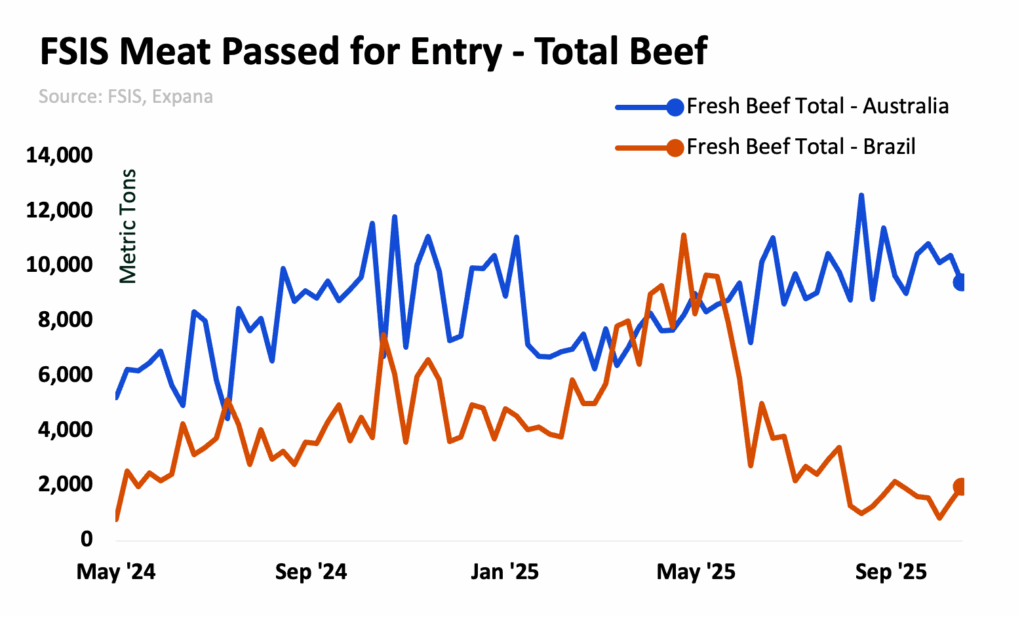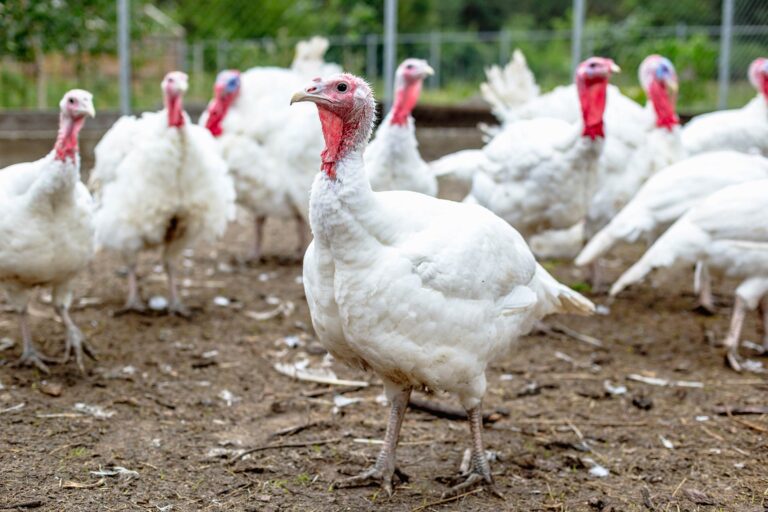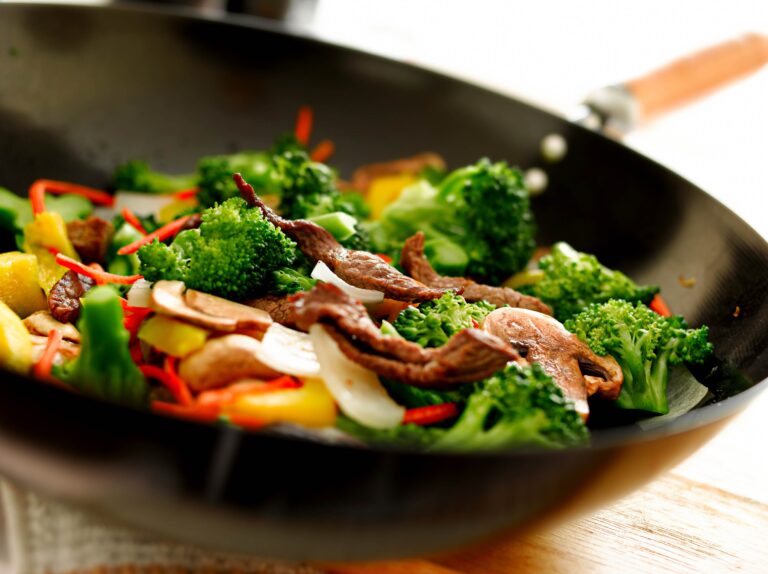On Thursday November 20, the White House signed an order to remove the 40% tariff on a variety of Brazilian agricultural products, which included beef. This announcement came after reciprocal tariffs were lifted on November 13, allowing other major beef exporters like Australia, New Zealand, Nicaragua, Argentina, and Uruguay to no longer contend with an extra 10-18% tariff depending on the origin.
US domestic beef prices have reached record highs as cattle supplies in the region are lower given the cyclical nature of cattle supply and prices. US imported beef prices have also reached record high price levels.
Earlier in the year, Australia and Brazil competed for the top spot as the US beef supplier. The “other country” quota, which is dominated by Brazilian product coming out of bond and entering under a freshly reset quota for the year, filled just 17 days into the year, indicating that upwards of 60,000 mt or more of Brazilian product was available in the country. Brazil’s monthly exports to the US fell off significantly once the additional tariff was imposed.
The last complete month of data illustrates the divide that was present during the tariffs. In October, Brazil passed merely 3,605 mt of boneless beef into the US while Australia’s figure was 25,897 mt. Since then, Australia has sent product to the US into a strong and advancing market. With the recent change, Brazil now faces a similar tariff structure to what existed earlier in the year, paying a 26.4% out of quota duty on beef passed for entry during the remainder of 2026 while no longer incurring an extra tariff, meaning that there could be more competition with an increased supply flow from different origins.
This announcement also comes just a month and a half before the new year when quotas will be reset. Historically, Brazilian packers rush product here ahead of time to enter material before the quota fills again. This year, the “other country” quota will have a 13,000 mt set aside for UK beef, leaving 52,000 mt for all other origins without their own set quota.
The removal of Brazilian tariffs was to increase supply and manage some of the increased food costs that US consumers have begun to see. As it took time for prices to increase and include the full value of the tariff, it has yet to be seen the impact that new tariff rules on Brazil are having on the overall market.

Image source: Getty
Written by Emily Schlichtig




